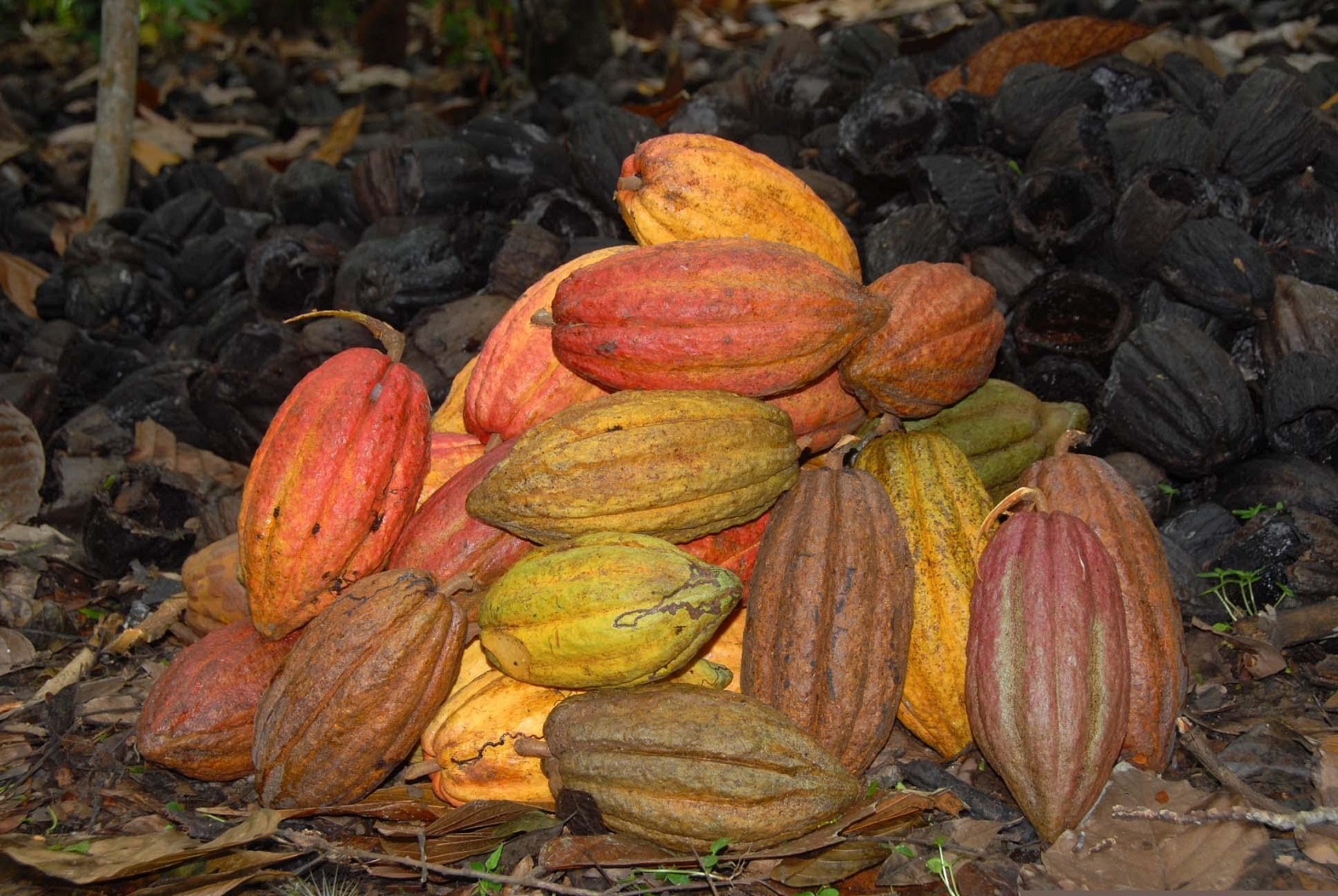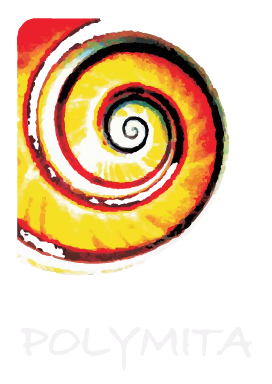

ARTICLE
INTERNATIONAL CACAO AND CHOCOLATE DAY
BY: JULIO A. LARRAMENDI, ALEJANDRO HARTMANN
About the International Day of Cocoa and Chocolate.
Text by Alejandro Hartmann and Julio Larramendi Photographs by Julio Larramendi
Christopher Columbus, the Admiral of the Ocean Sea, never imagined, when he visited Guanaja Island off the coast of Honduras on his fourth voyage, that those oval-shaped, brown seeds that he received with his brother Bartolomé and his son Hernando as a gift from the Indians, would become so coveted to obtain exquisite products tasted by a considerable part of the men five centuries later. Those Indians highly valued these seeds, for their use as currency, as food and because they made a drink called "xocolat" from it.
Seventeen years later, when Hernán Cortés began his pilgrimage of conquest through the Aztec lands, Emperor Moctezuma offered him a drink reserved for relevant people. It was the "food of the gods." It was introduced to Spain by some monks who were traveling on their expeditions. It is said that one of them sent the cocoa to the Abbot of the Monastery of Piedra, in Zaragoza, where it was made for the first time in Europe.
It is possible that cocoa and its processing, were discovered by the Olmecs 3,500 years ago in the Amazon Basin and expanded by pre-Hispanic indigenous cultures in Central America, reached the Antilles through the routes of the Aruacos in successive waves.
Some historians point out that in our country it was sown for the first time in 1540 on the Mi Cuba farm, in Cabaiguán, in the north of the current province of Sancti Spiritus. Other researchers argue that it was the French who established the first plantations in the Ti Arriba area, in the province of Santiago de Cuba. The debate still continues ...
The truth is that the first reference to the consumption of cocoa is included in the Acts of the Havana Council in 1603. Since then, there have been multiple applications for licenses for its promotion.
Numerous cocoa plantations appear in the vicinity of Baracoa, Bayamo and Santiago de Cuba. In the central region, Remedios became the main producer during the 18th century.
The first attempts are made to convert it into an exportable item and the cultivation of cocoa, for private consumption purposes, expands throughout almost the entire country.
It is the 19th century, the golden century of chocolate in Cuba, as it is the drink par excellence in homes, despite coinciding with the boom in coffee cultivation. Many visitors describe its consumption in farms and cities. Numerous chocolate shops appear in the main cities of the country for the artisan production of chocolates and other products. Already in the second half of that century, coffee became the national drink.
Baracoa, the cradle of cocoa in Cuba.
Bishop Morell de Santa Cruz, on his visit to Baracoa in 1757, draws his attention that "... everyone has their stay, a hand mill to grind guarapo and make the furrio, which is equivalent to Chocolate ..."
The DCs. Yvette García affirms that in 1688 cocoa was the most productive productive line in the territory.
Between 1791 and 1804 due to the Haitian Revolution, more than one hundred French families settled in Baracoa and introduced coffee plantations, increased sugar production and increased cocoa crops on their farms. Throughout the nineteenth century, chocolate and chorote were essential consumption of the jurisdiction in each hut, in the slave barracks, in the French and Spanish manor houses, in the camps and prefectures of the mambises, in the posadas, in the cockfights, in the festivals, in the patron saint festivities, in the lunches of the catholic cults, in the feminine gatherings, in the domino games and in the meetings of the Baracoan patriots.
Since centuries ago, cocoa and its culture have been transmitted from generation to generation through the cocoa farmers - living human treasures - masters in planting, in harvesting, in extracting the grain with their hips, in the use of the drawers to dry it, in the use of the fermentation box, in the management of the rebound and in the centuries-old skills for the selection of the varieties.
Text by Alejandro Hartmann and Julio Larramendi Photographs by Julio Larramendi
Christopher Columbus, the Admiral of the Ocean Sea, never imagined, when he visited Guanaja Island off the coast of Honduras on his fourth voyage, that those oval-shaped, brown seeds that he received with his brother Bartolomé and his son Hernando as a gift from the Indians, would become so coveted to obtain exquisite products tasted by a considerable part of the men five centuries later. Those Indians highly valued these seeds, for their use as currency, as food and because they made a drink called "xocolat" from it.
Seventeen years later, when Hernán Cortés began his pilgrimage of conquest through the Aztec lands, Emperor Moctezuma offered him a drink reserved for relevant people. It was the "food of the gods." It was introduced to Spain by some monks who were traveling on their expeditions. It is said that one of them sent the cocoa to the Abbot of the Monastery of Piedra, in Zaragoza, where it was made for the first time in Europe.
It is possible that cocoa and its processing, were discovered by the Olmecs 3,500 years ago in the Amazon Basin and expanded by pre-Hispanic indigenous cultures in Central America, reached the Antilles through the routes of the Aruacos in successive waves.
Some historians point out that in our country it was sown for the first time in 1540 on the Mi Cuba farm, in Cabaiguán, in the north of the current province of Sancti Spiritus. Other researchers argue that it was the French who established the first plantations in the Ti Arriba area, in the province of Santiago de Cuba. The debate still continues ...
The truth is that the first reference to the consumption of cocoa is included in the Acts of the Havana Council in 1603. Since then, there have been multiple applications for licenses for its promotion.
Numerous cocoa plantations appear in the vicinity of Baracoa, Bayamo and Santiago de Cuba. In the central region, Remedios became the main producer during the 18th century.
The first attempts are made to convert it into an exportable item and the cultivation of cocoa, for private consumption purposes, expands throughout almost the entire country.
It is the 19th century, the golden century of chocolate in Cuba, as it is the drink par excellence in homes, despite coinciding with the boom in coffee cultivation. Many visitors describe its consumption in farms and cities. Numerous chocolate shops appear in the main cities of the country for the artisan production of chocolates and other products. Already in the second half of that century, coffee became the national drink.
Baracoa, the cradle of cocoa in Cuba.
Bishop Morell de Santa Cruz, on his visit to Baracoa in 1757, draws his attention that "... everyone has their stay, a hand mill to grind guarapo and make the furrio, which is equivalent to Chocolate ..."
The DCs. Yvette García affirms that in 1688 cocoa was the most productive productive line in the territory.
Between 1791 and 1804 due to the Haitian Revolution, more than one hundred French families settled in Baracoa and introduced coffee plantations, increased sugar production and increased cocoa crops on their farms. Throughout the nineteenth century, chocolate and chorote were essential consumption of the jurisdiction in each hut, in the slave barracks, in the French and Spanish manor houses, in the camps and prefectures of the mambises, in the posadas, in the cockfights, in the festivals, in the patron saint festivities, in the lunches of the catholic cults, in the feminine gatherings, in the domino games and in the meetings of the Baracoan patriots.
Since centuries ago, cocoa and its culture have been transmitted from generation to generation through the cocoa farmers - living human treasures - masters in planting, in harvesting, in extracting the grain with their hips, in the use of the drawers to dry it, in the use of the fermentation box, in the management of the rebound and in the centuries-old skills for the selection of the varieties.
Cocoa is an imperishable legacy of our land and an inseparable part of the Baracoana identity. The consumption of chocolate, cocoa ball, chorote and locally made tablets, continued as a food heritage that has not stopped being enjoyed at breakfasts, snacks and meals, religious celebrations, popular festivals, sports activities, jobs in the coffee and cocoa harvests and funerals. In the Altares de Cruz, secular-religious festivals of Hispanic origin that tradition continues to celebrate because of promises that believers make to have their relatives sick or because of problems of other kinds, there is a symbiosis of songs, tenth improvisations, Catholic prayers and a toast in which hot chocolate or chorote is offered, a drink that is part of that ritual and considered as a libation of respect.
The peasants, when the cocoa harvests ended, celebrated the Nengón and Kiribá festivals: that day the jubilee arrived due to the productive results obtained. Then, they all gathered to dance, sing and improvise their saints, their ravings, their loves, their relatives, their sorrows, their triumphs and joys. In their rhythmic and ancestral steps they reproduced the rebound of cocoa work in the drying rooms.
Cocoa and its production processes, chocolate, chorote and Nengón and Kiribá constitute, without a doubt, an intrinsic part of the cultural diversity of the First Cuban Village.
Since then, until these times, Baracoa, Primada de Cuba, is the capital of Cacao.
Note: In 2011, during the celebrations for the 500th anniversary of the foundation of Our Lady of the Assumption of Baracoa, the book "Baracoa, cradle of cacao in Cuba", by the authors Alejandro Hartmann and Julio Larramendi and the essential collaboration of Niurka Núñez, Urbano Rodríguez and many other friends.
Editorial Stockmans Publishing.
The peasants, when the cocoa harvests ended, celebrated the Nengón and Kiribá festivals: that day the jubilee arrived due to the productive results obtained. Then, they all gathered to dance, sing and improvise their saints, their ravings, their loves, their relatives, their sorrows, their triumphs and joys. In their rhythmic and ancestral steps they reproduced the rebound of cocoa work in the drying rooms.
Cocoa and its production processes, chocolate, chorote and Nengón and Kiribá constitute, without a doubt, an intrinsic part of the cultural diversity of the First Cuban Village.
Since then, until these times, Baracoa, Primada de Cuba, is the capital of Cacao.
Note: In 2011, during the celebrations for the 500th anniversary of the foundation of Our Lady of the Assumption of Baracoa, the book "Baracoa, cradle of cacao in Cuba", by the authors Alejandro Hartmann and Julio Larramendi and the essential collaboration of Niurka Núñez, Urbano Rodríguez and many other friends.
Editorial Stockmans Publishing.



